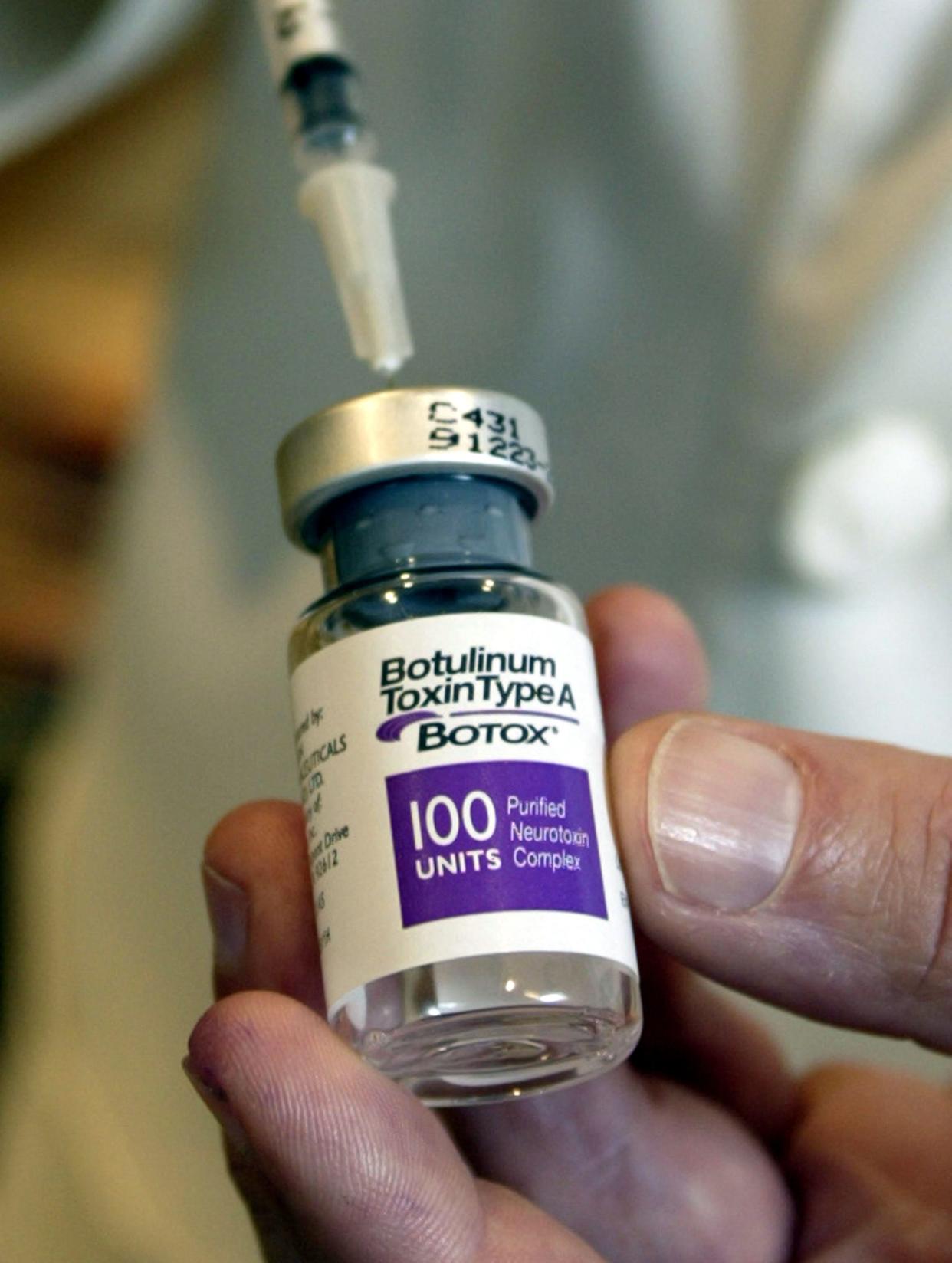Focus on Eyes: Did you know eye doctors use Botox to help with eye procedures? Here's why

Botox is a form of toxin produced by the bacteria Clostridium botulinum.
The botulinum toxin in food or wounds blocks the signal transmission between nerves and muscles resulting in botulism, or paralysis.
In the 1970’s, Dr. Alan Scott, an American ophthalmologist who specialized in the treatment of eye misalignment, or strabismus, was looking for an alternative to conventional eye muscle surgery for strabismus.
He isolated and experimented with botulinum toxin A, which later became known as Botox. He developed a special needle to guide the injection of Botox in the target eye muscle.
Dr. Ho's previous columns:
Watch for this sign: Instances of domestic violence often leave victim with eye injuries
Maybe, maybe not: Medicare may or may not cover cataract surgery. Here's a breakdown of why
Bet you didn't know: Did you know sleep apnea can affect your eyes? Well, it can
The induced paralysis of the target eye muscle improves the ocular alignment. Because its effect is temporary and repeated injections are required, Botox is now seldom used to treat strabismus. However, its property of induced muscle paralysis is useful in other eye conditions.
Blepharospasm is an involuntary closure of the eyes. The uncontrolled muscle spasm around the eyelids make it difficult for the person to keep the eyes open to perform daily functions. Regular Botox injections relieve the constant muscle contraction so the person can resume normal daily activities.
Botox can be used to protect the front surface of the eye. The cornea, which is the transplant part of the eye, may need protection or healing. Instead of suturing the eyelids together to keep the eye closed, an injection of Botox to the upper eyelid induces transient paralysis so the person cannot open the eye so the cornea can heal.
The Botox-induced eyelid lowering diminishes with time so the eyelid returns to the natural position when the cornea heals.
Bell’s palsy, or facial nerve paralysis, results in paralysis of the facial muscles. The eyelid muscles are not functioning so a person cannot blink or close the eyelids.
The cornea is not protected and it becomes infected and damaged. Botox injection can temporarily close the eye and protect the cornea until Bell's palsy gets better.
Entropion is the turning in of the lower eyelid and eyelashes. The frequent rubbing of the lashes against the cornea can irritate the eye and cause infection and scarring.
Eyelid surgery is the definitive treatment for entropion. Botox may relax the eyelid muscle and decrease the inturning of lashes. This may be an option for a person who is unable or does not want to have surgery.
Some cosmetic uses of Botox around the eyes include treatments of crow's feet and wrinkles in the forehead and the face.
Although botulinum toxin is a dangerous neurotoxin, Botox is a safe medical therapy that is effective for three-to-six months. Repeated injections are necessary for chronic conditions.
Botox injection is mildly painful and there may be some redness or bruises at the injection site.
The most common side effect of Botox in treatment of eye diseases is an unwanted droopy lid that goes away on its own.
Botox is also used to treat other medical conditions, such as neck spasms, limb muscle spasm from cerebral palsy, migraine headache and overactive bladder problem.
Thanks to the research of Dr. Scott on botulism toxin, Botox helps many patients with a wide range of challenging health conditions.
Dr. Frederick Ho, the medical director of Atlantic Eye MD and Atlantic Surgery and Laser Center, is a board certified ophthalmologist. Atlantic Eye MD is located at 8040 N. Wickham Road in Melbourne. To make an appointment please call (321) 757-7272. To learn more visit AtlanticEyeMD.com.
This article originally appeared on Florida Today: Botox is more than just a wrinkle reducer. It's helpful in eye procedures

